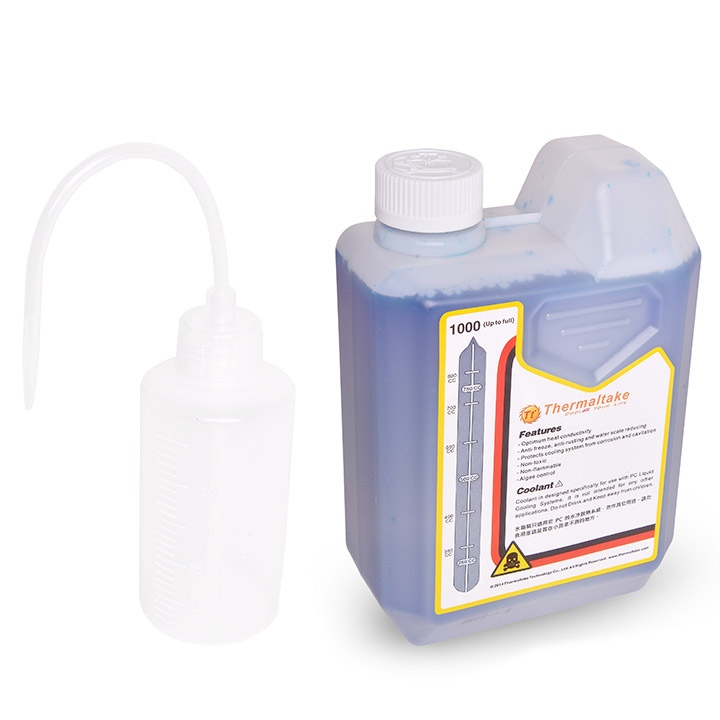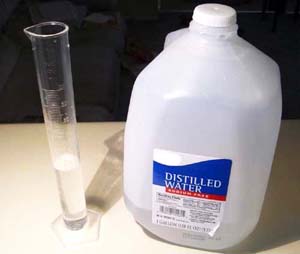Coolant and distilled water are two essential terms in vehicle maintenance. Both play roles in engine temperature regulation, corrosion control, and system efficiency. Many car owners confuse these terms. This guide clarifies every aspect, explains applications, and resolves myths with technical accuracy.

What is Coolant?
Coolant is a liquid mixture designed to stabilize engine temperature. The solution is commonly made of ethylene glycol or propylene glycol combined with water and corrosion inhibitors.
-
Ethylene glycol offers strong freezing and boiling protection.
-
Propylene glycol is less toxic and used in eco-friendly applications.
-
Additive packages prevent rust, foaming, and cavitation.
Coolant maintains performance in both extreme summer heat and winter cold.
What is Distilled Water?
Distilled water is purified water created by boiling and condensation. The process removes dissolved salts, minerals, and impurities. Unlike tap water, distilled water prevents limescale deposits inside radiators. Its chemical purity makes it the preferred medium when mixing with concentrated coolant.
Difference Between Coolant and Distilled Water:
| Feature | Coolant | Distilled Water |
|---|---|---|
| Composition | Glycol + Water + Inhibitors | Pure H₂O without minerals |
| Boiling Point | 120–129°C (with 50:50 mix) | 100°C |
| Freezing Point | -34°C to -37°C (with 50:50 mix) | 0°C |
| Corrosion Protection | Contains inhibitors | None |
| Lubrication | Lubricates water pump seals | No lubrication |
Coolant is a complete solution. Distilled water is a supporting element used to prepare coolant mixtures.
Why Engines Require Coolant Instead of Distilled Water Alone
Engines generate high heat during combustion. Using distilled water alone creates risks:
-
Boiling risk: Water boils at 100°C, forming steam pockets.
-
Freezing risk: Water freezes at 0°C, causing expansion cracks.
-
No inhibitors: Metals corrode quickly without additives.
-
No lubrication: Water pump seals wear prematurely.
Coolant addresses these issues by altering thermal properties and adding chemical protection.
Benefits of Using Distilled Water with Coolant
-
Eliminates mineral scaling: Prevents calcium and magnesium deposits.
-
Reduces galvanic corrosion: Minimizes ion flow between aluminum and steel.
-
Improves thermal stability: Pure water ensures consistent performance.
-
Compatible with all OEMs: Universally accepted for coolant dilution.
Recommended Coolant t Water Ratios
Manufacturers recommend different ratios depending on climate:
-
50:50 mix: Balanced protection against freezing and overheating.
-
60:40 (coolant:water): Extra freeze protection for colder regions.
-
70:30 (coolant:water): Severe cold climates below -40°C.
-
40:60 (coolant:water): Hot climates with minimal freeze risk.
Always use distilled water for mixing, never tap water.
Situations Where Distilled Water Can Be Use
-
Mixing concentrated coolant.
-
Flushing the radiator during service.
-
Temporary top-up in emergencies.
-
Laboratory testing of coolant samples.
-
Mixing with approved racing additives.
Common Mistakes Drivers Make
-
Filling radiator with tap water.
-
Running engine with only distilled water.
-
Mixing different coolant chemistries.
-
Ignoring coolant replacement intervals.
-
Overfilling reservoir beyond maximum mark.
Maintenance Practices
-
Flush interval: Every 2–5 years, depending on coolant type.
-
Check level: Inspect reservoir monthly.
-
Test pH: Ideal coolant pH is 8–10.
-
Inspect color: Replace if coolant turns rusty or brown.
Frequently Asked Questions (FAQs):
Can distilled water replace coolant completely?
No. Distilled water lacks antifreeze properties, corrosion inhibitors, and pump lubrication.
Why is distilled water preferred for mixing coolant?
Distilled water contains no minerals. This prevents scale and corrosion inside radiators.
What happens if I use tap water in coolant?
Tap water deposits minerals that clog passages, reduce efficiency, and accelerate rust.
Is deionized water the same as distilled water?
Both are purified. Deionized water is processed using ion exchange, while distilled water uses boiling and condensation. Both are acceptable for coolant mixing.
How often should coolant be replaced?
Most vehicles require coolant replacement every 30,000–60,000 miles or every 2–5 years.
Can coolant be mixed with alcohol or additives instead of distilled water?
Only distilled or deionized water is approved. Alcohol or non-recommended fluids damage seals and metals.
Learn More: What Time Does Burger King Serve Lunch?
Detailed Guide to HCOOCH CH₂ H₂O: Hydrolysis, Properties, and Applications
Conclusion:
Coolant and distilled water are connected but not interchangeable. Coolant is a formulated solution with glycol, inhibitors, and lubricants. Distilled water is a purified medium used to dilute concentrates. Using both correctly ensures engine safety, long life, and consistent performance.
Following manufacturer specifications for coolant type, ratio, and replacement intervals guarantees reliable results. Distilled water is vital for mixing but cannot act as coolant on its own.

